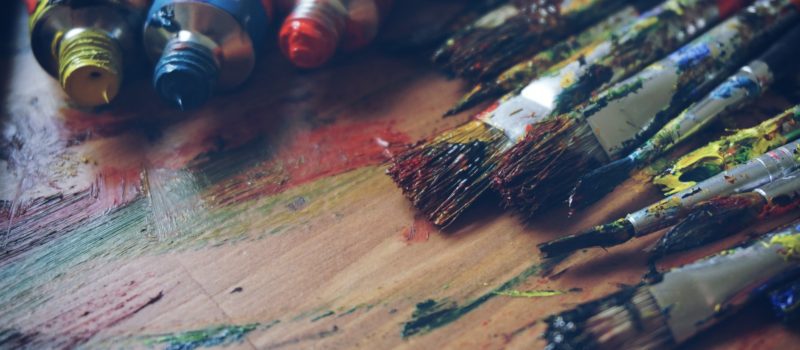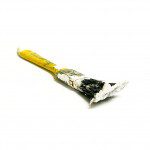
Scar Tissue -It’s Like A Dry Paint Brush
If you have been so unfortunate as this guy playing frisbee (like I have been far too many times) then the chances are you have developed  something called scar tissue. You hear about it, you have been told you have it, but what exactly is it? Besides a song by the Red Hot Chili Peppers, scar tissue is something that will affect all of us in some way in our lives.
something called scar tissue. You hear about it, you have been told you have it, but what exactly is it? Besides a song by the Red Hot Chili Peppers, scar tissue is something that will affect all of us in some way in our lives.
Scar tissue is formed as part of the normal healing process.
In fact, it inevitably forms whenever our body’s tissue is damaged. Most people understand scars that form as a result of a cut, as they are easy to see, but scar also forms internally when we injure our muscles, ligaments and tendons.
Unfortunately, scar tissue is not as functional as the tissue that it replaces. Normal tissue in the body has a consistent form and our healthy skeletal muscle tissue is formed of collagen that sits in an organized fashion (for istance lined up parallel to one another). It allows for normal contraction and flexibility.
When scar tissue forms after injury, our body produces collagen excessively. The initial production of granulation is necessary to provide tensile strength to the injury site. In certain circumstances, the granulation leads to contraction of the scar and to poor structural organisation of the components of regenerating muscle and scar tissue. It does not appear organized, rather appears to form in a haphazard fashion. This leads to a lack of flexibility in the tissue and often this poor structural organization can cause pain and dysfunction.
We like to use a paint brush as an example. 
If we take the correct steps to store the brush after use, we can pull out the brush and use it easily for our next project. The brush starts out as a soft, supple parallel group of bristles that can bend easily in many directions. If we simply let the bristles dry, they start to bind to one another and the brush loses its flexibility and function. The brush cracks and bends irregularly. At this point more care is required to rehabilitate the brush and get it back to work. Hence early diagnosis and treatment of the brush is a necessity.
It is important to know that all injured tissue will develop scarring to some extent. 
When the scarring prevents normal function of the affected tissue or joint, pain or restricted function exists. This is why we encourage all of our patients to have their injuries assessed, to receive advice in the early stages of injury and to have a proper treatment regime started. We aim to ensure that the paint brush remains supple and ready for the next use and to create that work of art it is capable of creating.
Graston Technique for Scar Tissue
We often use Graston Technique to manage scar tissue in both the acute and chronic processes.
Posted by Grant Fedoruk



Helpful. I was told all 3 of my hamstring muscles were detached from the tibial tuberosity. At least I can still walk.